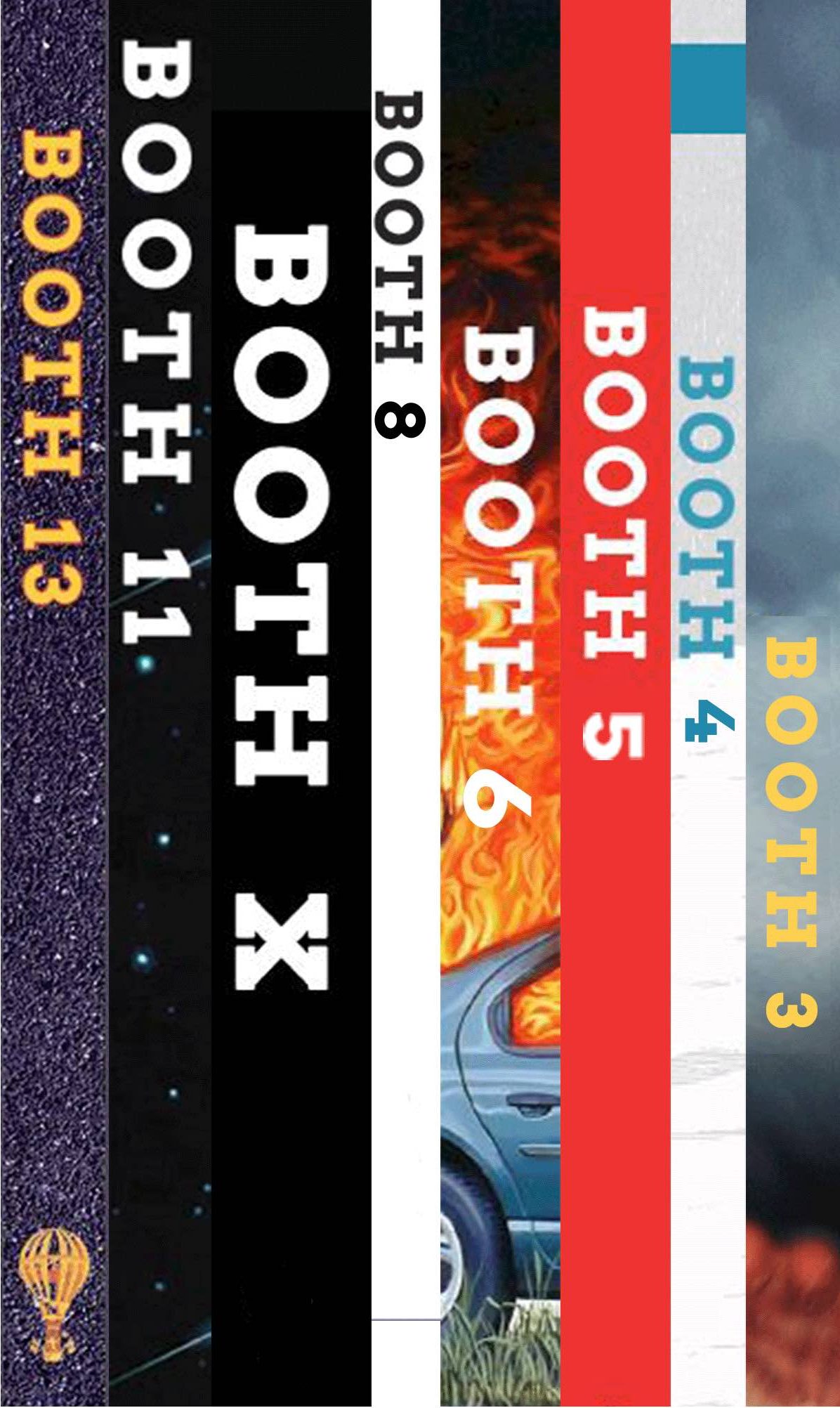Try You
“This is the heart. These are the eggs.”
Claudia, a wizened elder, sat at the tiny turquoise table in the preschool classroom in the village school, a resplendent silver salmon spread out on the table in front of her, pointing out to my students important parts in the fish. A half dozen dark heads hovered over as my four-year-old students leaned in for a closer look. She showed them how to remove the glimmering scales, how to slice the flesh with the curved blade of her ulu. Using a portable griddle, she showed them how to cook the fish, and then we all ate it dipped in seal oil, a thick, slightly sweet oil rendered from the blubber of seals. Earlier in the fall, when the weather was still good, another elder took us to the beach to show us how the line nets were used to catch fish.
I invited elders to come into my classroom to teach traditional customs and skills. Some of my students got these lessons at home, but some didn’t. Either way, it was a selfish move. I wanted to learn these things myself.
Tillie came to teach us how to make dancing gloves. Shaped like mittens, these gloves have tiny bells sewn along the top edge, as if at the tip of each finger. When they’re worn for dancing traditional Inupiaq dances, the bells tinkle—a sound that is believed to welcome the animal spirits to return for the dance. We made our gloves out of felt and rickrack rather than fur. I wrote each students’ name in magic marker on the back of each pair of gloves, and passed them out when other elders came in to teach us dancing.
For each dancing practice, I’d stack up most of the chairs and tables in one corner of the room and push the slide and play equipment back into another corner. One row of chairs was lined up against the back wall for the several elder men to sit on as they drummed for us. The large, flat drum bellies were taut with the skin of bearded seals. In between the songs they beat out, the men took breaks to splash water onto the drum bellies to keep them soft. They beat on them with rigid strips of baleen.
The girls and I bobbed in place and lilted our arms slowly back and forth, as if we were gently swirling water, in the women’s style of dancing, while the boys stomped their feet, leaning slightly forward with their torsos as if they were about to push a heavy object. Sometimes when I didn’t have the motions right, an elder would instruct me, guide my limbs through the move. “Try you,” she’d say, and watch to make sure I had it right. We all chanted monotonously and gutturally. “A ya ya. A ya ya.” Later, we’d perform our dance together at the school’s Christmas program. I loved moving in unison with my students and the village elders, held by an ancient rhythm singing in a language I didn’t understand.
How To Be Buried
One afternoon in December it will begin to snow. And it will keep snowing. You’ll walk out your door and you’ll greet a thick curtain of snow—snow thick as batter, snow whipped up all around you into stiff peaks like meringue but tall as trees. The snow is relentless, falls and won’t be stopped. It gives up against anything it can. The days go blind with its billions of tiny gestures that fall like an erasure of anything but drift. The air thickens with it, draws in like a net.
You’ll walk around in a bubble of white. Everything else is muffled. No sound beyond the soft, padding swish of each step, and sometimes you’ll think that what you’re actually hearing is the shifting, loosening motions of joints and muscles from within your own body, which has also filled with snow.



